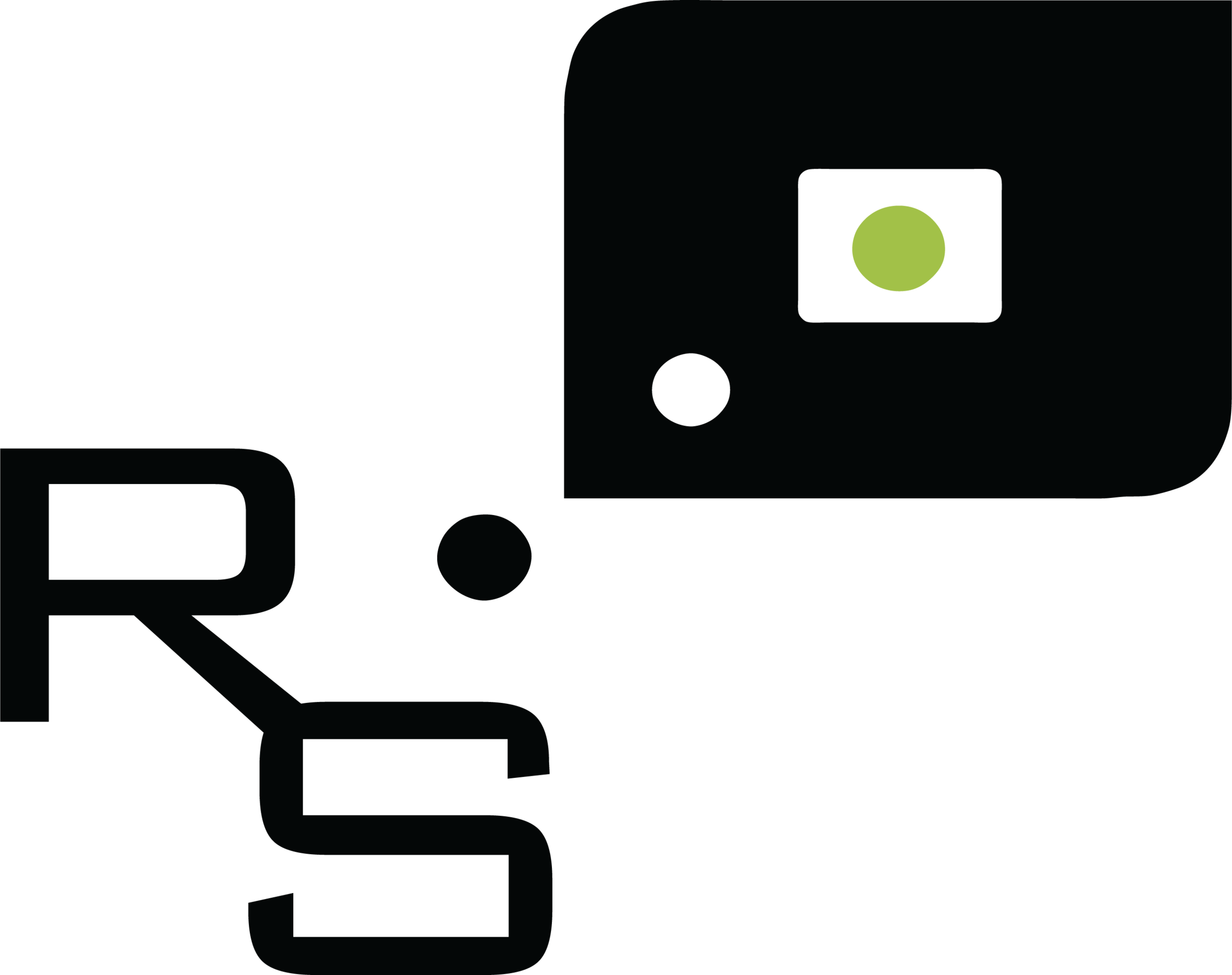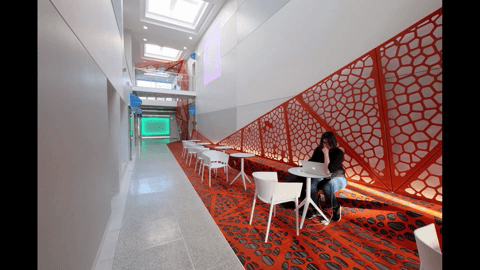The Not-Quite Final Frontier
The Innovation Trifecta:
Digital Twins, Internet of Things, and Artificial Intelligence in Commercial Real Estate
At RoehrSchmitt we’re always working to stay on the cutting edge of technological advancements that affect our industry and to understand how technology can benefit and inform our clients.
You’re considering implementing a new, clean energy model for your building, but last winter seemed unusually long and cold. Did you use more energy last winter than the year before? What will your energy consumption look like with a sustainable plan? How do you quantify that value for potential tenants?
You’re two, ten, 200 miles away from the building, and a record-breaking storm just rolled through the area. Is the power on?
One of your tenants has grown out of their current space, and they’re valuable members of that complex. Which of your leases is about to expire? What’s the increase in square footage? How are you going to help your tenant visualize their expanding business in the new space?
Concept at The Lakes Center, Minneapolis. See more of this project.
The following emerging technologies promise to help the commercial real estate industry in big ways and we’re excited to play a significant role in their development.
Digital Twins
A “digital twin” is a digital representation of a real physical object, in this case, a building. It relies upon data inputs to understand the building’s current state and to respond to changes. Architects today commonly develop 3D BIM (Building Information Modeling) models as part of their basic services. These digital models allow for greater coordination and more efficient workflows during the design and construction process than the dollhouse-like basswood models of years past. At RoehrSchmitt, our obsession with the technological art and craft of measuring, modeling, analyzing, and creating powerful content using reality capture is at the root of our process. But what if these models had a life beyond the design and construction process? What if they were built to become a valuable asset for building owners well after construction was complete?
In 1970, the Apollo 13 space mission was met with disaster two days into its mission. Back on earth, NASA engineers used a replica of the space capsule to model scenarios, planning a solution that would save the astronauts from what seemed like certain death. This method of scenario-planning based on replicas—establishing digital twins—for each mission eventually became the standard at NASA and other tech organizations. As computing power grew, these models became powerful digital representations, with finer detail and stunning accuracy.
Today, we have the ability to create near-perfect digital representations not just of the buildings we live and work in, but of the changing environment around us—and we continue to improve upon these models. In the world of commercial real estate, having a scaled and precise digital representation of a particular property in the hands of managers who can see real-time conditions will save time and lead to operational efficiencies. The ability to scenario-plan with historical data and be able to plan, say, new green energy usage, makes forward-thinking decisions that much easier.
Internet of Things
The second emerging technology is the Internet of Things (IoT). IoT promises to connect many aspects of our world to the internet, through sensors and apps that provide real-time actionable information. Early uses familiar to many include smart thermostats, security systems, and cute dog videos captured on doorbells. But the possibilities are endless. Consider sensors that track moisture in an inaccessible space, or alert you when (and why) an elevator has malfunctioned. A remote building manager could know within moments that a storm had disrupted a building’s power, or even program lights and temperature so that workers arrive to a perfect working environment every day, while maximizing energy savings. Ultimately, a building could have a full network of interconnected sensors, providing a concurrent, complete picture of the building.
The combination of digital twins and IoT technology is powerful, promising, and can create a vast matrix of information, signals, inputs and simulations to parse. If you have a system like this in place now, how this array is interpreted is left up to human beings. But are people necessary to provide that interpretation, or are we, in fact, inefficient bottlenecks in the process?
Artificial Intelligence
AI has been around for decades, and refers to software that uses data and algorithms to automate certain work that can be done by humans but is typically too time-consuming or difficult, due to large amounts of data required to be processed accurately. Although the use of AI in business is relatively new, the progression is happening at a rapid pace, and will likely accelerate exponentially in the next decade.
As we keep pace with its acceleration, AI will be able to aid the CRE community, from efficiently searching for properties, analyzing potential investments and property performance, and underwriting projects more quickly and with greater accuracy, to marketing buildings faster and creating better tenant experience from signing to tenancy. Most profoundly, AI will allow owners to wrangle large data sets to gain a better understanding of any property, and in a perfect world, a CRE company’s entire portfolio.
The Trifecta
When these three technologies are used in concert, we can imagine an incredibly useful dashboard that contains a hyper-real simulation of a building or portfolio, connected to sensors throughout the facility that give the CRE team synchronous information feeds about the building and its surroundings. Those data streams are then connected to AI algorithms that provide continuous simulation and analysis.
Brokers will be able to access information about tenant spaces faster, and negotiate leases more efficiently. Marketing property will be simplified as marketing materials, virtual walkthroughs and space-planning apps embedded in the dashboard are accessible at the swipe of a finger. Property managers will better understand their properties, and avoid costly blind spots. And investors will be able to understand hidden costs, and discover opportunities that allow deals to pencil and profits to be maximized.
But what is the role of an architecture firm in the creation of such a system? We’re dreamers and planners certainly, but we believe that we are also keepers and sorters of information about the buildings we design. The value of that work extends beyond the construction of a building, or the improvement of a tenant space. RoehrSchmitt’s process is already model-focused—we start every project by developing a powerful model that benefits the process and our client’s bottom line. And we believe that we have only begun to scratch the surface of the potential of these models; our goal is to build a scalable system that allows us to help our clients realize the fullest potential of their investment with the least amount of difficulty.
We’re excited for the journey. Let’s take it together.
The Lakes Center, completed. See more of this project.



